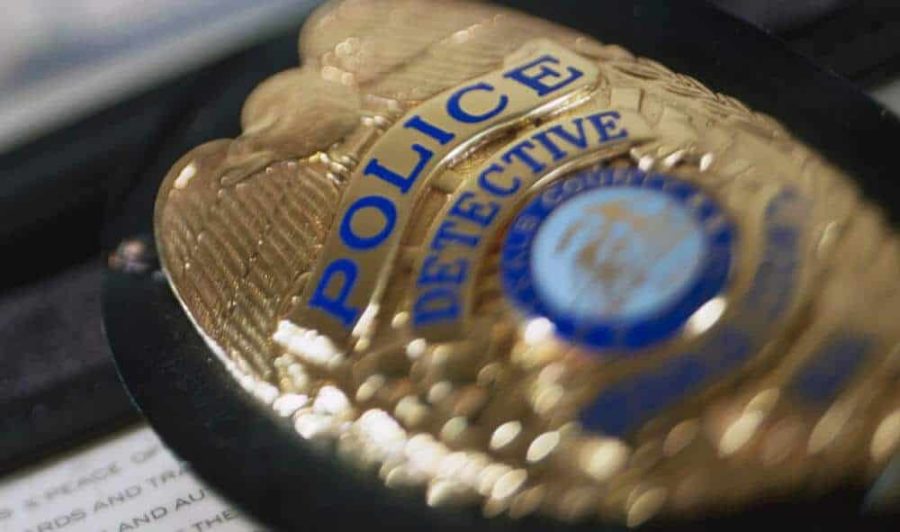Police officers rarely use force in apprehending suspects, and when they do they seldom cause significant injuries to those arrested, according to a multi-site study published in the March issue of the Journal of Trauma and Acute Care Surgery.
“The use of force by police can result in serious injuries and fatalities, but the risk of significant injuries associated with different types of force is poorly defined,” said the study’s lead author, William P. Bozeman, M.D., professor of emergency medicine at Wake Forest Baptist Medical Center. “We sought to determine the incidence of use of force by police and compare the rates of significant injury among the different methods that police officers employ.”
In reviewing 1.04 million calls for service received by three mid-size police departments in three states over a two-year period, the researchers found 893 use-of-force incidents, which represented 0.086 percent (1 in 1,167) of all calls and 0.78 percent (1 in 128) of the 114,064 calls that resulted in criminal arrests.
Among the 914 suspects affected in the 893 use-of-force incidents, 355 incurred mild injuries such as abrasions and contusions, a rate of 39 percent. But only 16 of the suspects suffered moderate or severe physical injuries, a rate of 1.8 percent. One of those 16 cases was a fatality, from a gunshot wound.
Unarmed physical force (51 percent) and conducted electrical weapons such as Tasers (36 percent) were the most common methods used by police, followed by chemical agents such as pepper spray (6.3 percent), and dogs (3.4 percent). Handheld impact weapons such as batons, impact projectiles such as plastic bullets and firearms were less commonly used (each less than 1 percent).
Analysis showed that most of the 16 significant injuries were associated with firearms and dogs while none were incurred in the 504 uses of conducted electrical weapons (Tasers).
Of the 355 suspects who were transported to medical facilities, 277 (78 percent) were released and 78 (22 percent) were hospitalized, but only 19 of those hospital admissions (5 percent of those taken for evaluation and 2 percent of all suspects after use of force) were due to injuries related to police use of force.
The suspects were primarily male (89 percent) with a mean age of 31. No data on race or ethnicity was available to the researchers.
“A remarkable finding in the study is how infrequently police use force at all – less than 1 in 1100 calls for service and less than 1 in 120 criminal arrests is surprisingly low, and contrary to many perceptions that police commonly use violence in their interactions with the public,” Bozeman said.
If our reporting has informed or inspired you, please consider making a donation. Every contribution, no matter the size, empowers us to continue delivering accurate, engaging, and trustworthy science and medical news. Independent journalism requires time, effort, and resources—your support ensures we can keep uncovering the stories that matter most to you.
Join us in making knowledge accessible and impactful. Thank you for standing with us!


In the UK, there are about 2 police shootings in an average year. Germany, about 7. Australia, average 5. Japan: 0. Many Norwegians own guns, but there is only one police shooting in the last several years. Iceland has had one police shooting in the entire history of the country.
https://www.theguardian.com/us-news/2015/jun/09/the-counted-police-killings-us-vs-other-countries
Not counting suicides, there were about 11,000 shooting deaths total in America last year, of which 1,000 were by police. 9% of all shooting deaths were by police. Judge for yourself if you think this is a lot or a little.